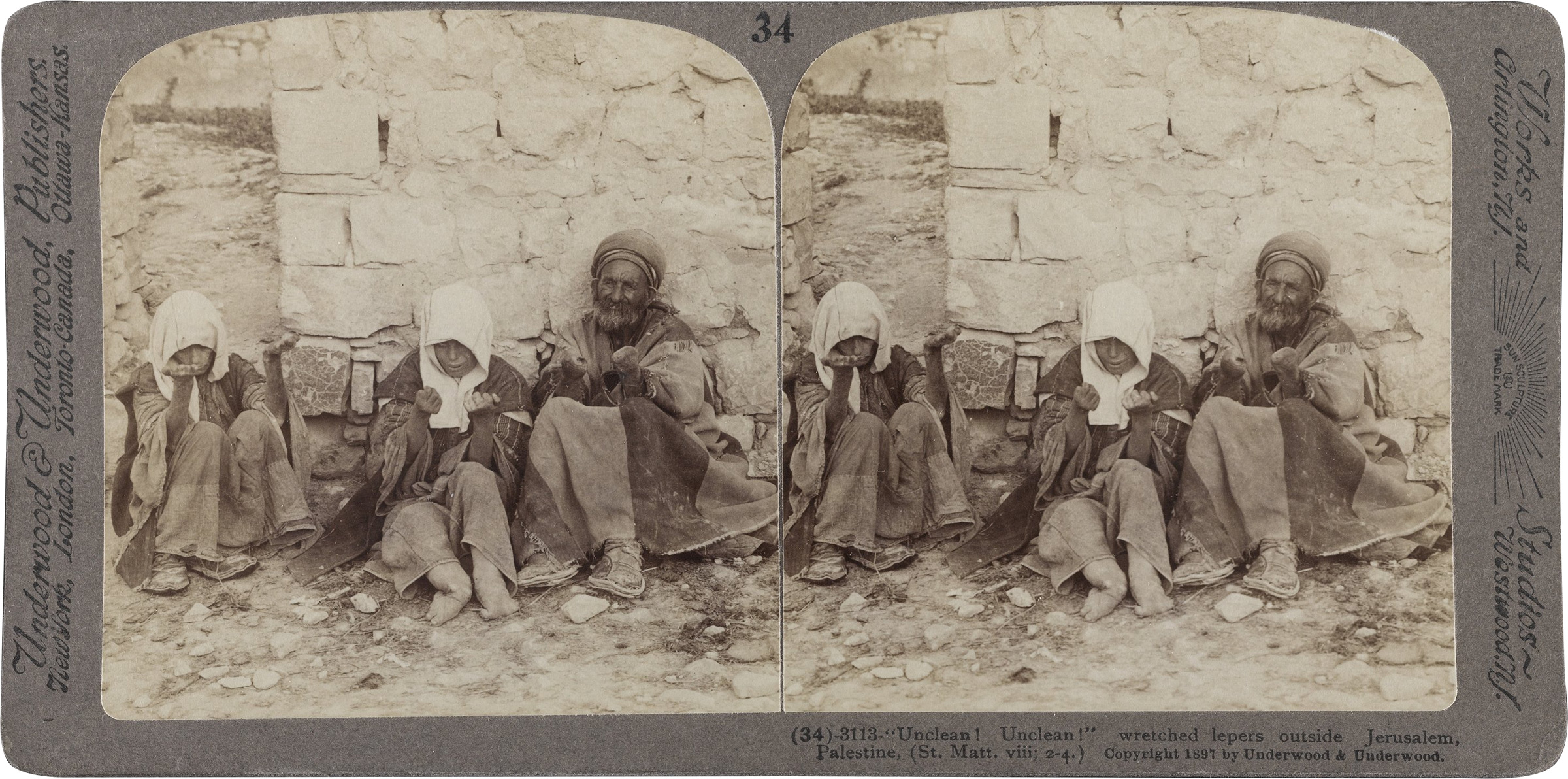The biblical book of Leviticus dedicates two detailed chapters (13 and 14) to a skin disease called tṣara‛at. A person suspected of having this disease was required to consult a priest (kohen) who would determine based on the symptoms whether the person was “impure” or “pure.” If the former, the patient was isolated from the camp: “As for the person with a leprous affection, his clothes shall be rent, his head shall be left bare, and he shall cover over his upper lip; and he shall call out, “Unclean! Unclean!” He shall be unclean as long as the disease is on him. Being unclean, he shall dwell apart; his dwelling shall be outside the camp” (Lev 13:45–46; NJPS translation). These verses describe a practice of quarantine, which would constitute a necessary response to the threat of infectious disease. As a matter of fact, the textual record from ancient Syria from the early second millennium BCE attests to an awareness of the infectiousness of disease and the implementation of quarantine practices.
In modern research, hundreds of articles have been devoted to the question of whether this biblical disease should be identified with what is known today as “leprosy” (Hansen’s Disease). Some scholars have adamantly denied this identification, claiming that the symptoms of the biblical disease match no known disease, hence it is imaginary or symbolic, arguing further that the terminology of pure/ impure suggests a ‘religious’ rather than ‘medical’ diagnosis. In general, the pursuit of a retroactive diagnosis of historical diseases is a problematic enterprise, as it attempts to apply laboratory definitions of disease, available only for the past two centuries, to periods before they existed. More importantly, anachronistic approaches to ancient disease incumber understanding how disease was perceived and experienced in the pre-modern world.
How was the infectiousness of disease conceptualized before the emergence of germ theory? Here it seems that notions of pollution played a key role. Accordingly, the idea of impurity was closer to everyday experience, hence more ‘natural,’ than supernatural.
